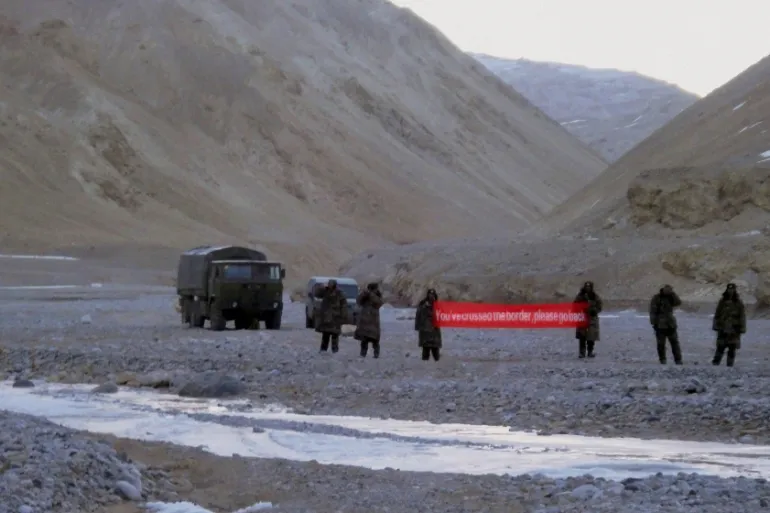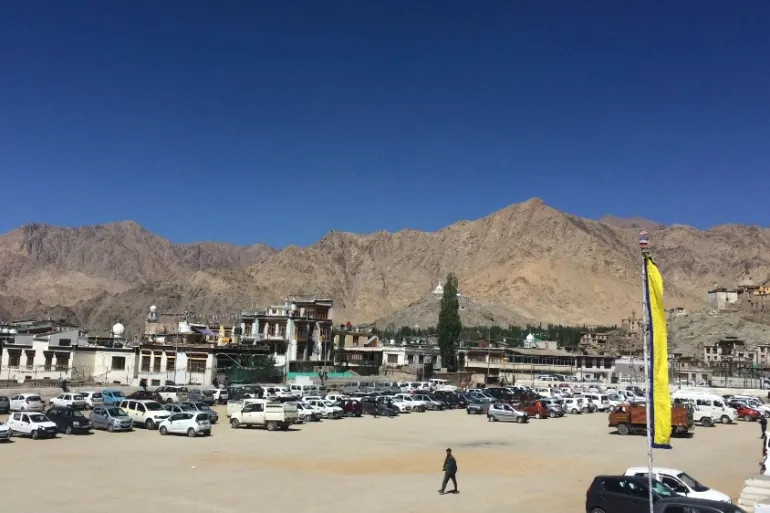
Tehran’s Tremors: Pakistan’s Predicament
With Israel’s “Operation Rising Lion” pushing Iran towards regime change, Pakistan faces an immediate and severe threat. Its long border could become a battlefield, nuclear security questioned, diplomatic ties strained between Saudi Arabia and Iran, and the economy crippled by oil price spikes and internal unrest.



